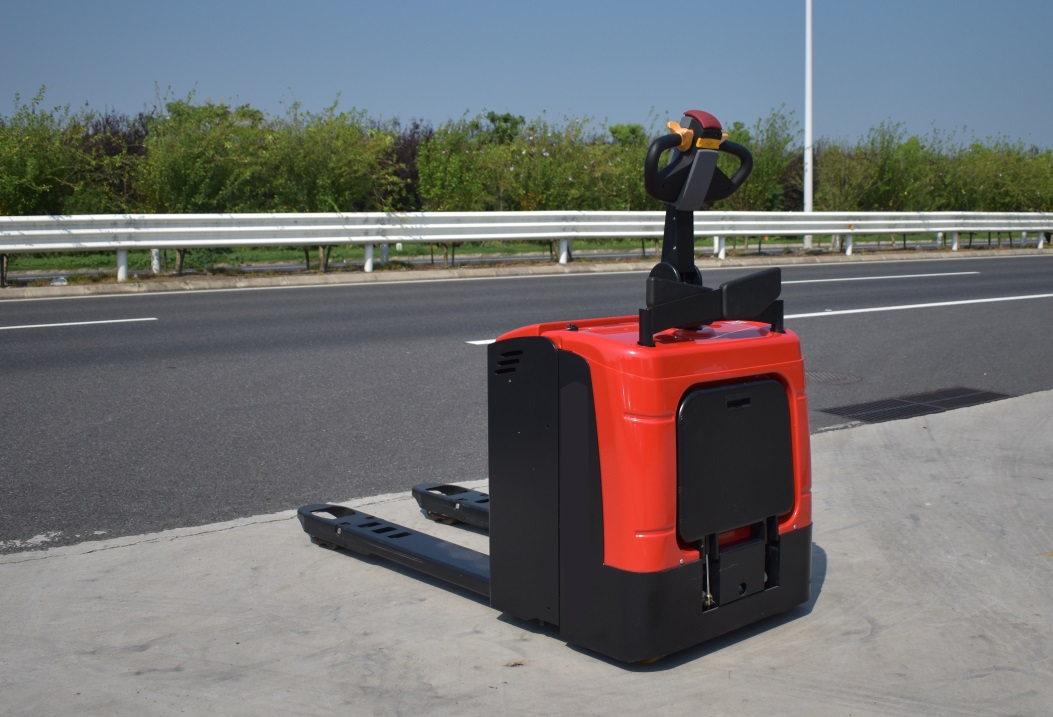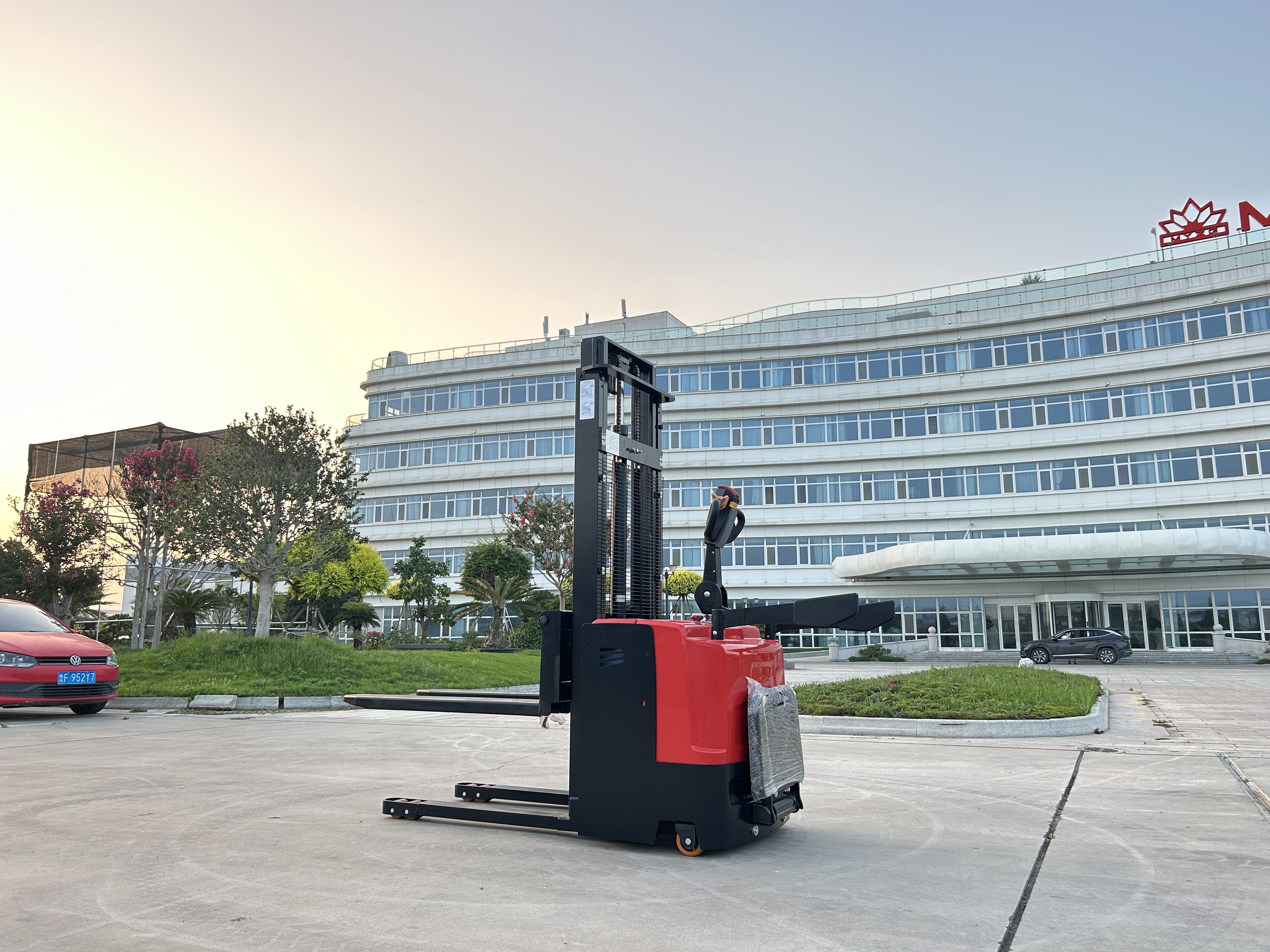Introduction
- Briefly introduce pallet trucks and their uses in warehouses and logistics.
- Spark curiosity with the question: Can anyone operate a pallet truck?
- Highlight the importance of proper training and safe operation for preventing accidents and damage.

Demystifying Pallet Truck Operation
- Define the two main types of pallet trucks: walkie and ride-on.
- Discuss the basic functionalities of a pallet truck: lifting, lowering, and steering.
- Explain the differences in operating walkie and ride-on pallet trucks.
Training Requirements for Pallet Truck Use
-
Reference the information from Mingyu:
- Discuss the distinction between licensing and training for pallet trucks.
- Explain why OSHA (Occupational Safety and Health Administration) recommends proper training even though a specific license isn't required.
- Highlight the importance of employer responsibility in providing training for safe operation.
Benefits of Proper Pallet Truck Training
- Improved Safety: Reduce the risk of accidents and injuries for operators and those in the vicinity.
- Increased Efficiency: Trained operators can handle pallet trucks with greater speed and precision.
- Reduced Damage to Goods: Proper handling techniques minimize damage to pallets and products.
- Reduced Equipment Wear and Tear: Trained operators learn how to use the pallet truck correctly, extending its lifespan.
- Increased Confidence: Training fosters confidence and a sense of control amongst operators.
Essential Elements of Pallet Truck Training Programs
-
Theoretical Knowledge:
- Overview of pallet truck types and their functionalities.
- Safety regulations and best practices for operating pallet trucks.
- Pre-operation inspection procedures.
- Lifting and lowering techniques.
- Maneuvering and handling pallets in various situations.
-
Practical Skills:
- Hands-on experience operating both walkie and ride-on pallet trucks (if applicable).
- Practice loading and unloading pallets.
- Navigating tight spaces and uneven surfaces.
- Emergency procedures in case of malfunctions or accidents.
Considerations for Additional Training
- Refresher training for experienced operators to stay up-to-date with safety regulations and best practices.
- Advanced training for specific tasks, such as operating pallet trucks in cold storage or high-rack environments.
Licensing Requirements for Industrial Trucks (Beyond Pallet Trucks)
-
Reference the information from MYZG:
- Briefly explain the distinction between pallet trucks and other industrial trucks like forklifts.
- Discuss the licensing requirements for operating powered industrial trucks (PIT) as defined by OSHA.
- Mention the different types of forklift licenses (e.g., Class 1, Class 2, Class 3) based on operational features.
Safe Operating Practices for Pallet Trucks
- Pre-operation checks: Inspect the pallet truck for damage, ensure proper fluid levels, and test brakes and steering.
- Capacity considerations: Operate the pallet truck within its designated weight capacity.
- Safe lifting and lowering: Maintain a controlled speed and avoid jerky movements.
- Watch for hazards: Be aware of your surroundings, pedestrians, and potential obstacles.
- Proper body mechanics: Use proper lifting techniques to avoid back strain.
- Personal Protective Equipment (PPE): Wear appropriate safety gear like gloves and sturdy footwear.
Beyond Training and Licensing: Building a Culture of Safety
- Discuss the importance of promoting a safety-first culture within the workplace.
- Highlight the role of supervisors and managers in enforcing safety protocols.
- Encourage regular safety meetings and discussions to address potential risks.
Conclusion
- Recap the importance of training and safe operating practices for pallet trucks.
- Advocate for continued education and awareness to prevent accidents and promote a safe working environment.
- Offer concluding remarks emphasizing the value of a skilled and safety-oriented workforce in warehousing and logistics.
Post time:Nov.19.2024

